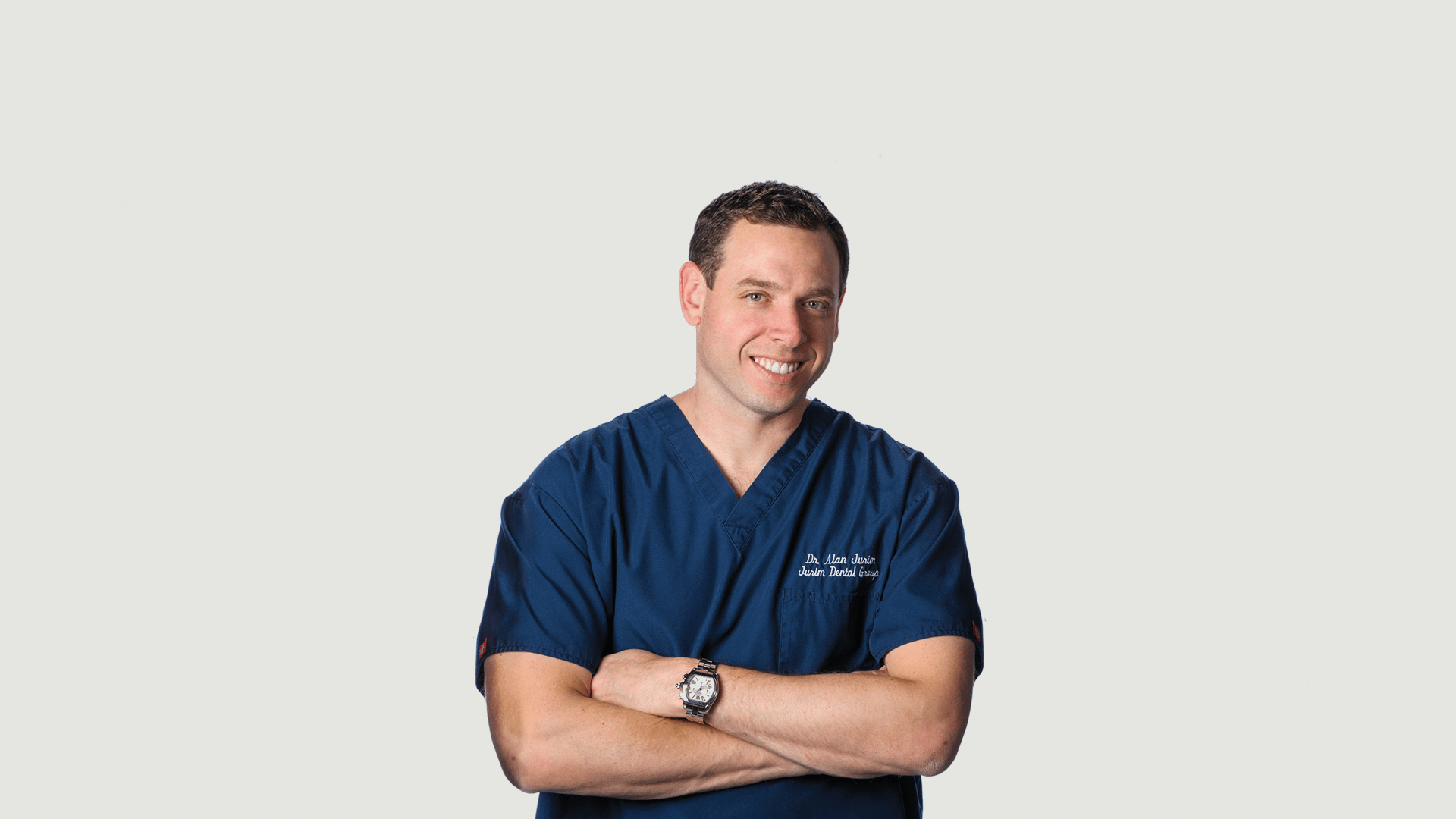Recommended reading: the '2022 Dental Industry Report'
Digital versus analog prices in a dental practice setting
If you are basing your assessment on whether to buy an intraoral scanner on the comparative costs of doing analog impressions versus digital ones, here’s what Dr. Jonathan L. Ferencz says: "I think that from a financial standpoint, for restorative dentistry, the biggest advantage in switching to digital is the efficiency of utilizing our team members in the office: A lot of obligated duties for managing the physical impressions were essentially gone overnight!
Whereas, before we were taking impressions all day long and there was a team member whose responsibility was to disinfect the impressions and manage the prescription slips, manage the shipping, the return date, pouring the opposing models, if we needed to pour models, and whatnot. No longer needing to do that directly equates to significant savings because we can now manage that team member's time more efficiently. We can say, go right to the next patient, the case has been sent. And of course, digital workflows just save so much lab turnaround time. An analog workflow cannot compare.”
A fear of changing my dental clinic’s workflows
According to the Dandy survey, a fear of practices not wanting to change their workflows was the number two reason not to adopt an IO scanner.
Doctors and staff who have worked analog their entire careers may not want to introduce a new tool or routine. But according to the practitioners we spoke with, that is exactly what they should do.
Dr. Alan Jurim says: “I'm not sure that doctors, even today, fully realize the potential of CAD/CAM. The technology just keeps getting better and better with what we can do. It's getting more exciting. It really is a new form of dentistry. And it's fun!”

While the Dandy study finds that most dentists use their scanner for crown and bridge work with clear aligners the number two indication, it demonstrates that most still considered the technology as just a replacement for gooey impressions. But as Dr. Jurim explained, the technology is changing fast.
Nowadays, with new applications coming out all the time like 3Shape’s patient monitoring and treatment simulator to smile design, teeth whitening simulation and caries detection applications. These are changing the way we use scanners. It is no longer just a replacement for an impression tray. It becomes a tool for examining, engagement, and efficiency. Dentists now scan every patient to create digital patient libraries.
In addition, with fast-growing demand by patients for clear aligners, the need for an intraoral scanner may become a necessity in the future.
Intraoral scanners are being used for all types of indications from implants to dentures and not only C&B cases. Take a look at these free 3Shape case studies documenting the many types of restorations being done digitally.
If you are one of the 37% in the Dandy survey, who was worried about making a change in your workflows from analog to digital, here’s what Dr. John Heimke had to say about his practice’s conversion.
Dr. John Heimke: “It’s going to take a little time. It’s just like dentistry in the analog world when you had to take many analog impressions to become skilled at what you do, it works the same way. You learn to do it in a process. What we did, for example, was to start taking diagnostic impressions on every new patient. And then we evolved into taking impressions on single units. And then you can move to taking final impressions for larger arch cases.
Remember, if you have to take an analog impression, you can always take both an analog impression and a wireless impression in the beginning. Eventually, you’ll end up dropping the analog and just go digital, believe me. But you need to commit.
You can practice on static models. You can practice with team members. Go to the internet, YouTube is a great place.”
Putting a price on patient and staff engagement, faster and easier workflows, and WOM
In a recent conversation with Dr. Alan Jurim, he spoke about how IO scanning impacted his patient and staff’s engagement. He says that being able to show a patient their oral situation onscreen in real time “not only benefits us in terms of explaining certain treatments, but it also enhances understanding and creates transparency for the patient. It make it easier for them to decide on having a treatment. So, visualization is a huge win.

Dr. Maria Jackson reiterates Jurim’s point by saying: “I have 45-inch screen hooked into my 3Shape TRIOS network. The screen is really in your face. It just makes it easier for the patient. And I can see that the wow moment really kicks in for them when they see a treatment simulation. They say, “I’m onboard let’s do this. I liken it to a test drive, it’s try before you buy.”
When your patients are excited that means word of mouth. And every dental practice appreciates WOM.
Dr. Jonathan L. Ferencz, speaking about patient and staff engagement says: “For the first time, patients really see the treatment that I am planning. They understand it. They schedule the appointment. I have also noticed that referrals have gone up. Patients that have experienced digital, talk about it.
It’s kind of amazing. Do you think dentists are the only ones enthusiastic about digital dentistry? My patients and my staff share my enthusiasm.”
In fact, Dr. Ferencz adds that because of going digital, “I leave the office on time. I never run late. My technicians go home at 3.30 every day. My dental assistant leaves on time. But importantly… we produce as much, or more dentistry as we always have.”
Beating back the top challenges dental practices face today
The Dandy study found that the top challenges dental practices face today are rising costs, insurance billing, hiring/employee retention and increasing practice profitability is their top priority.
Can investing in an intraoral scanner help?
Dr. Ferencz comments: "My personal figures in a one-doctor clinic were, I think, my spending maybe $500 or $600 a month on polyvinyl impression material, prior to getting a scanner. And when I bought my first scanner, I think my payment on it was $700 or $800 a month. So, there was already a cost offset from not having to buy the polyvinyl.
If I was looking at this fresh it would be hard to imagine that buying this piece of technology is going to save me $100,000, $200,000, $300,000. Whereas, having the experience that I’ve had, I know that it has saved me money, and I know that it's helped grow my practice and my reputation in the dental community.
What many doctors don’t see is the cost savings of the time benefits like utilizing your team in a way that they may not be doing now.
You're not spending your payroll time with a team member pouring models and making UPS labels and things like this. And so, there's greater efficiency there. When you first introduce it, it's almost a one-to-one transfer, and I don't think it will cost you any extra to move to this technology.
But then as you really start utilizing it and leveraging the other tools that are included, then that's when you really start to see a lot of the advancements and the savings… the true return on your investment."